Exploring Some Art Styles - Part 6
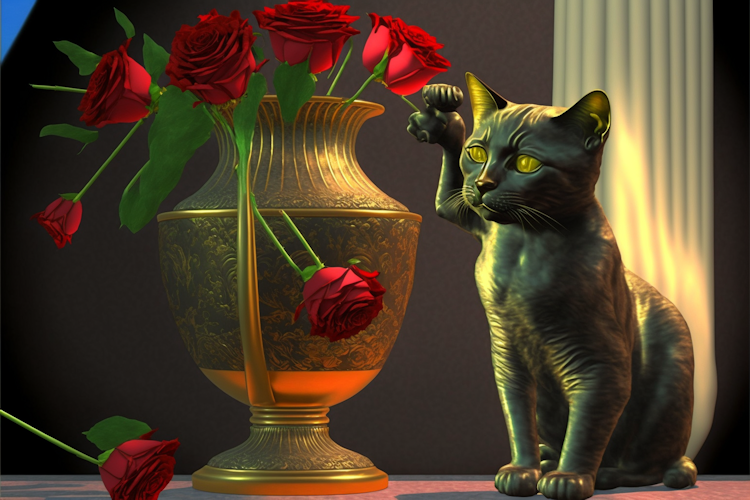
Welcome to the final part of this series on art styles. For me this has been an interesting exploration of art styles and given me some ideas of how I can use at least some of them in future image creations.
One of the styles I’m sharing today I’ve been experimenting with creating adult colouring pages with. I may share some of that in a future post.
So on to the final seven styles.
De Stijl
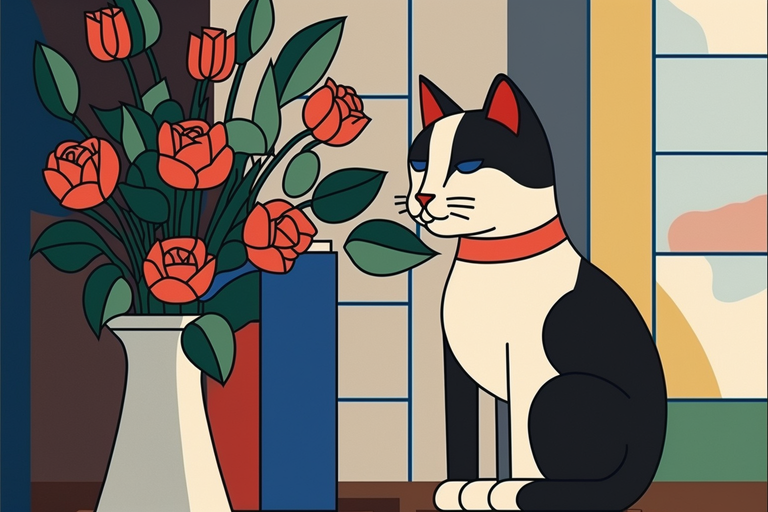
Da Stijl emerged in the early 20th century with the guidance of Dutch artist Piet Mondrian and other artists such as Gerrit Rietveld, Theo van Doesburg and Bart van der Leck. They wanted to create a new art form reflective of the modern world and it's values which was free from the traditional art forms.
De Stijl is a form of abstract art with an emphasis on the use of simple geometric shapes, primary colors, and the use of horizontal and vertical lines creating a sense of harmony and order
It had an influence on Constructivism, Suprematism and later movements like Bauhaus and the International Style with it's emphasis on abstract art and use of geometric shapes, primary colors and the use of horizontal and vertical lines in art.
Kinetic Art
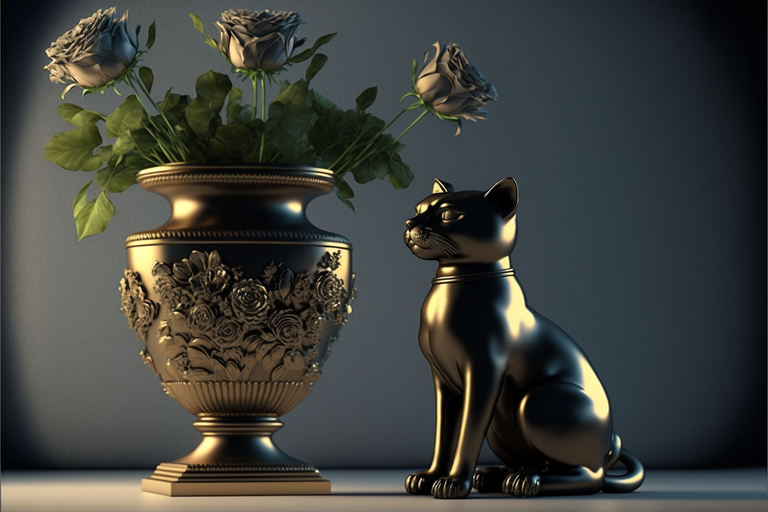
Kinetic Art emerged in the mid-20th century using movement and motion as a means of creating art. It's meant to be experienced in motion through the use of mechanical or electronic devices.
Kinetic Art is a form of time-based art with movement as the most important aspect of the work to engage the viewer in a specific way. It influence movements like Op Art, and later movements like Media art and Virtual reality. Kinetic Art expanded the way art is experienced and opened up new possibilities for art forms.
Light and Space
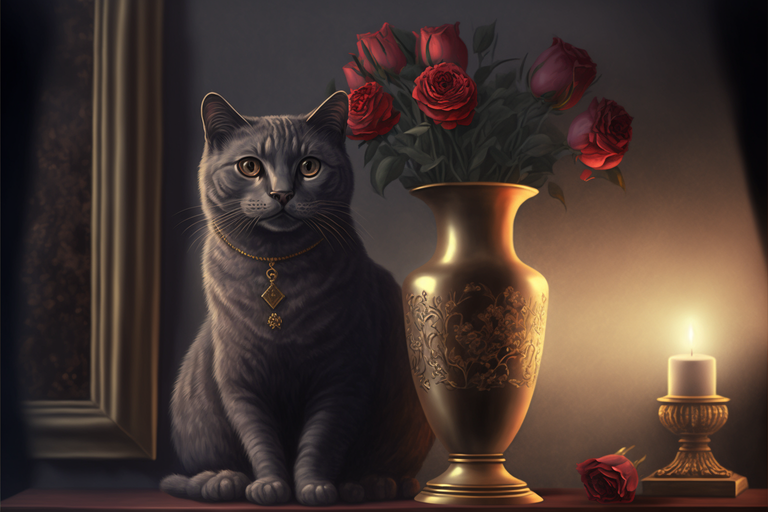
Light and Space is a minimalistic art style that emerged in the 1960s. It uses natural and artificial light to create immersive and experiential artworks using light and space as mediums to create specific visual effects.
Light and Space had an influence on movements like Minimalism and Land art by expanding the way art is experienced, opening up new possibilities for art forms that pushes the boundaries of traditional art and place it in a more immersive and interactive experience.
Process Art
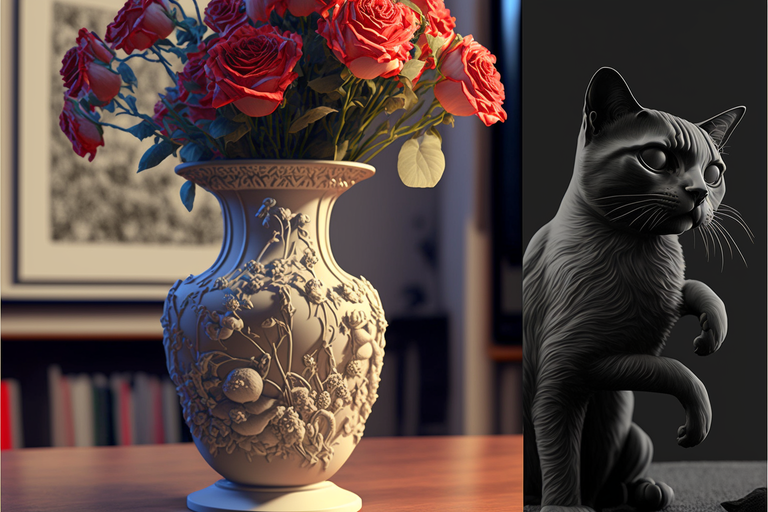
Process Art emerged in the 1960s and 1970s as a form of art emphasising the creative process and materiality of art-making. It often used a variety of techniques like physicality of unconventional materials, manipulation and exploration of chance and accident to create works.
Process Art influenced art movements and styles including Conceptual art, Performance art, and Installation art. It expanded the way art is created and viewed with an emphasises on the creative process and the materiality of art-making.
Social Practice Art
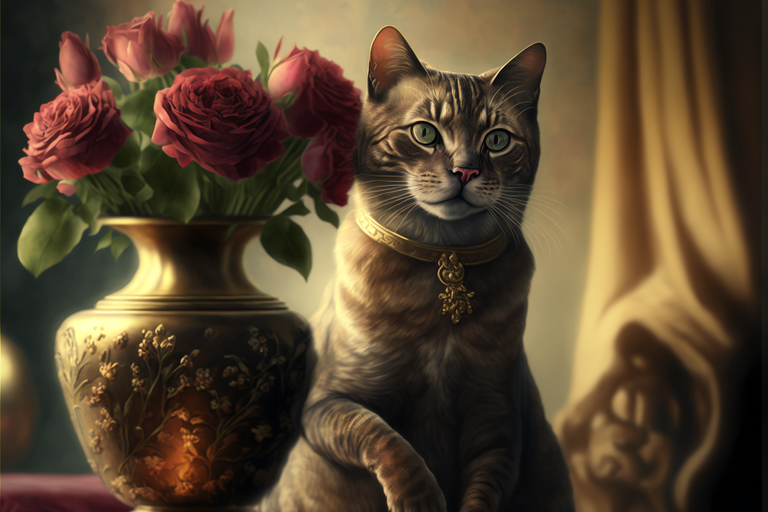
Social Practice Art is also known as Community-Based Art. It emerged as art form in the 1990s with a focus on social engagement and community participation. It sought to create a dialogue between the artist and the community using methods like collaboration, participation and public engagement.
Social Practice Art has an emphasis on the process of creating the art with the end product a means to an end. You may encounter this concept within the Build In Public often seen on social media.
Social Practice Art also influences Conceptual art, Performance art, and Installation art. Blurring the lines between art, social activism and community development expands possibilities for art forms and pushes the envelope between traditional art and the impact and use within community.
Romanticism

Romanticism emerged in the late 18th century into and through the 19th. Its fascination with the natural world and the past brought out the emotion, imagination and individualism of the artist. This style shifted the focus from traditional art objects to the artist's inner feelings and emotions.
Romanticism artists explored subjects like landscapes, historical events, mythological and fantasy themes to create works evoking strong emotions from the viewer while reflecting their own personal experiences and feelings.
Feminist Art
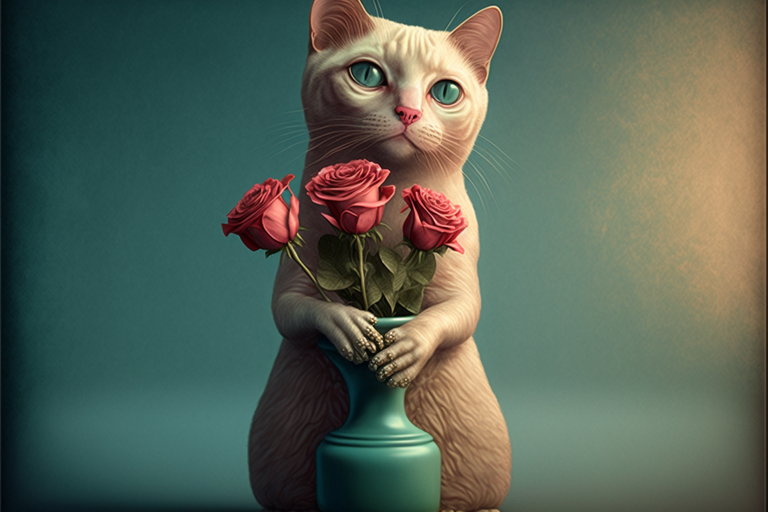
Feminist Art was more a movement than an art style when it emerged in the 1960s and 1970s with its focus on gender issues and the representation of women. It used a variety of techniques to create works to address issues like gender, sexuality and representation of women in art.
Feminist artists challenged the dominant patriarchy in art history and the art world. They created works to give visibility to the experiences and perspectives of women. Giving more visibility to the experiences and perspectives of women helped to create a new feminist iconography.
Feminist art had a significant impact on the art world and society at large as it helped to bring attention to issues related to gender and representation of women.
————————
I hope you have found this series of interest. I’ve enjoyed creating it. Here are the rest of the parts: